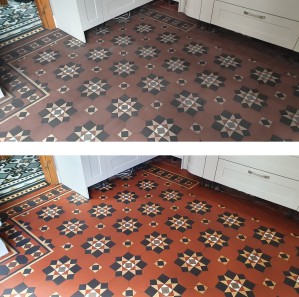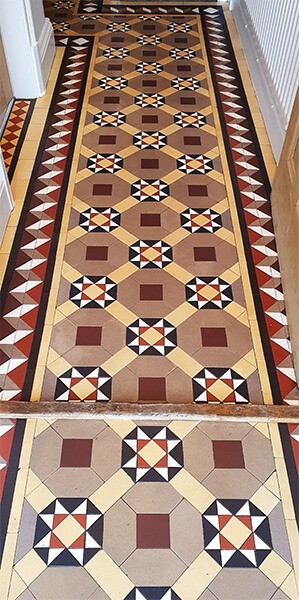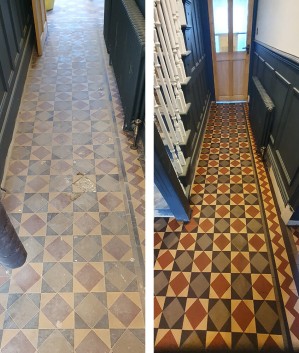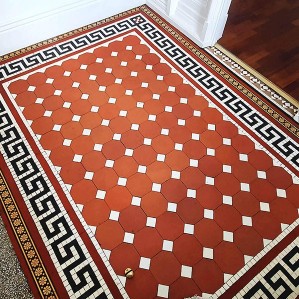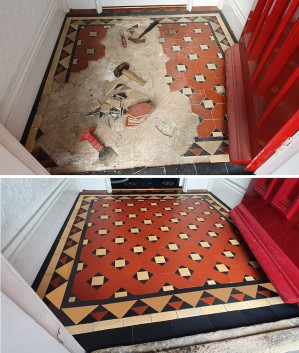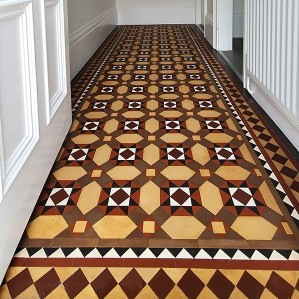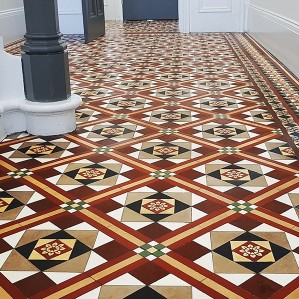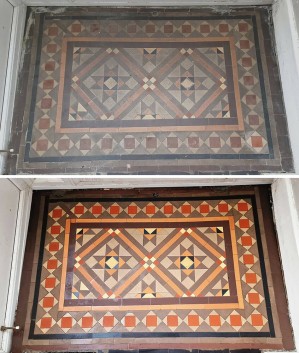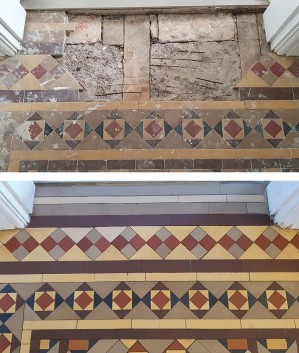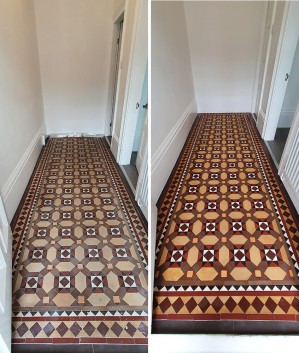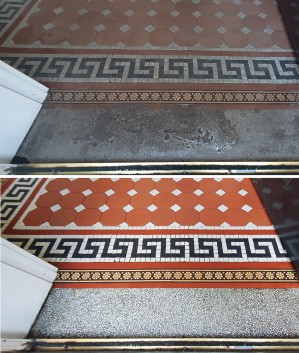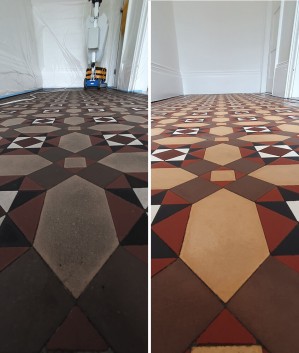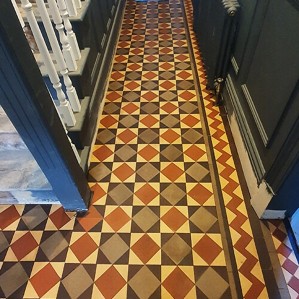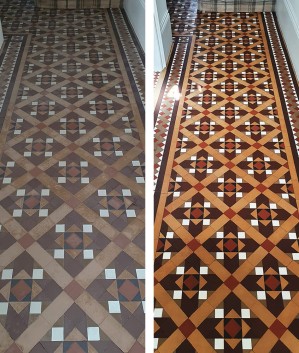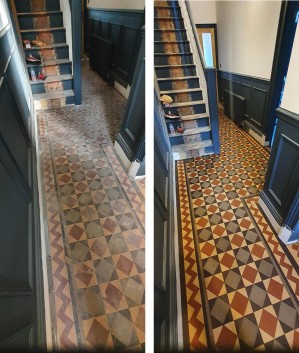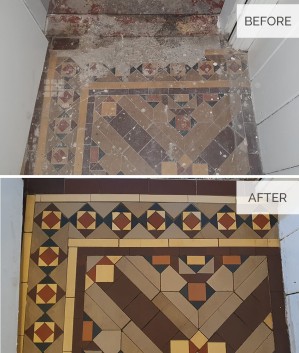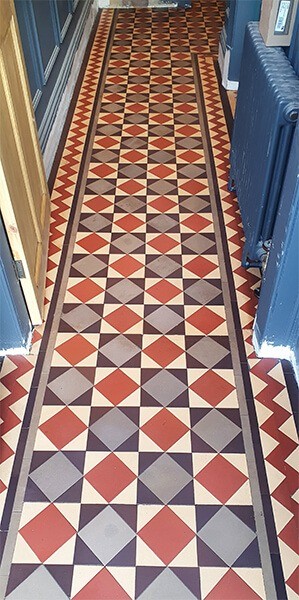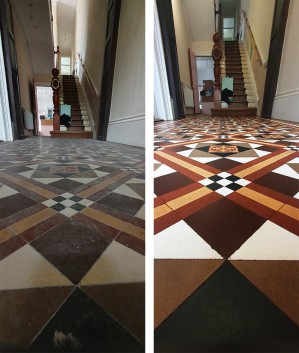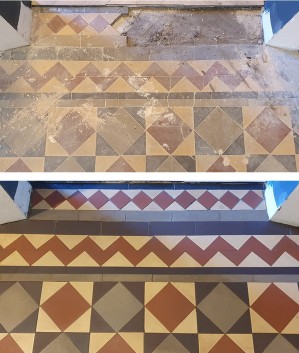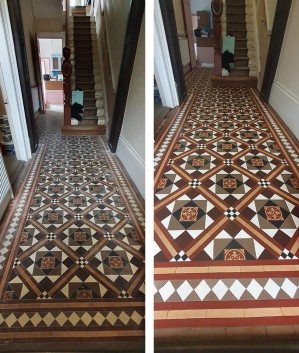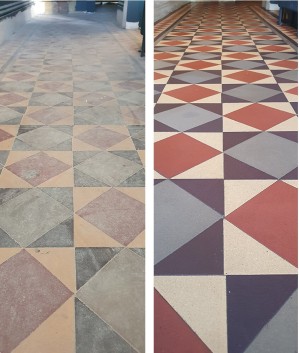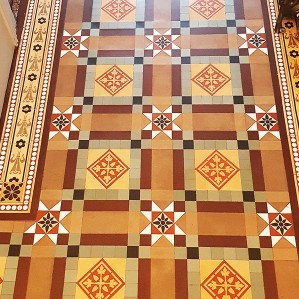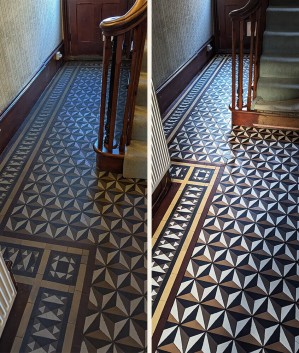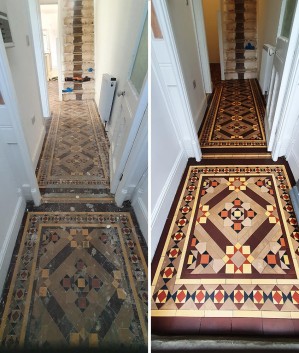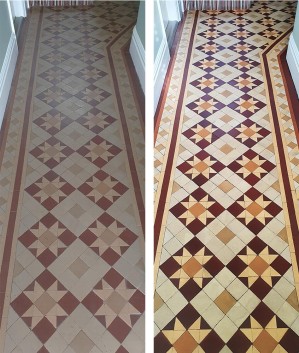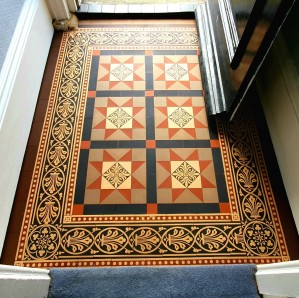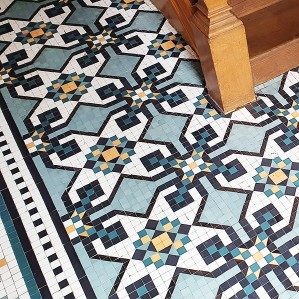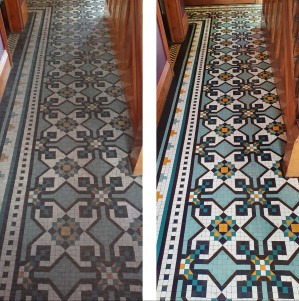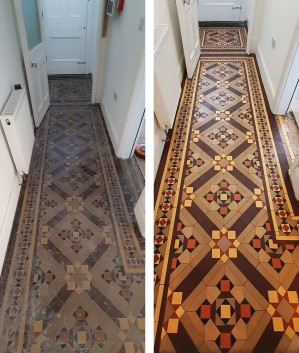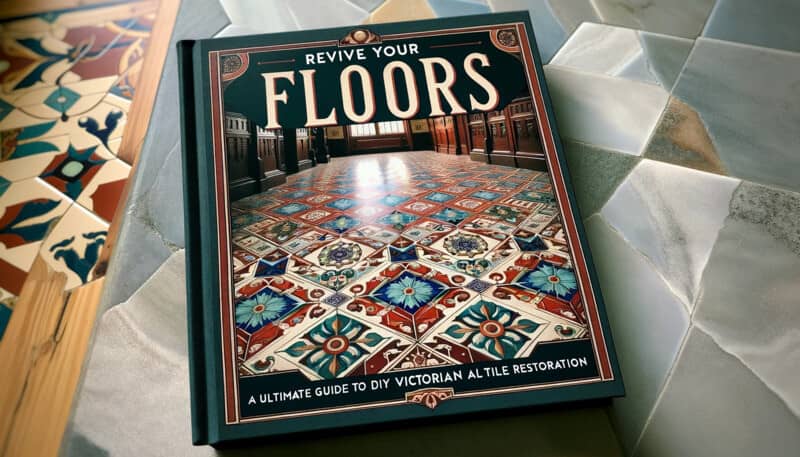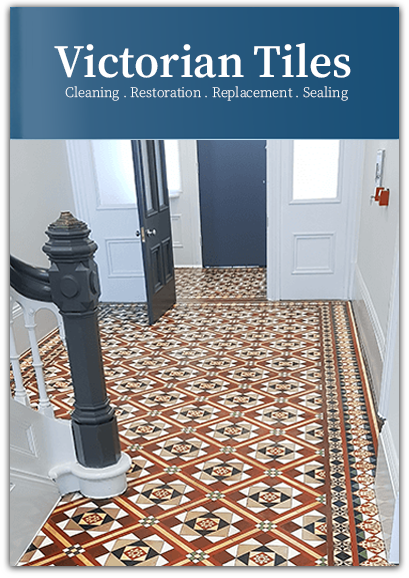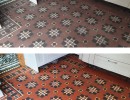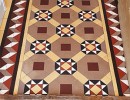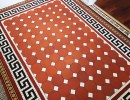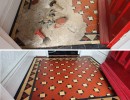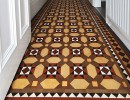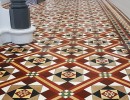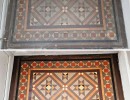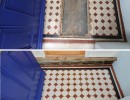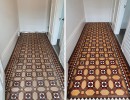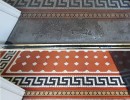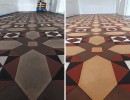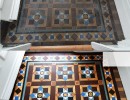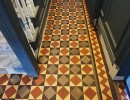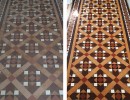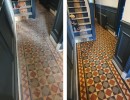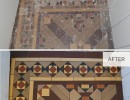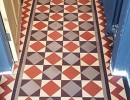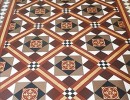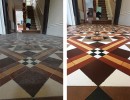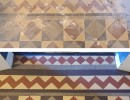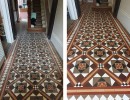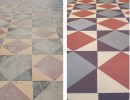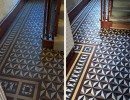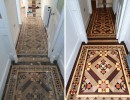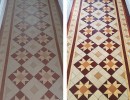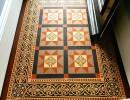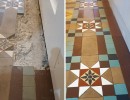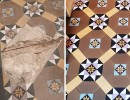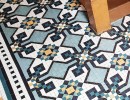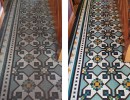DIY Victorian Tile Restoration Tips
Welcome to our comprehensive guide on DIY Victorian tile restoration! If you're fascinated by the charm and character of Victorian tiles and are keen to bring back their former glory in your own home, this guide
is your own home, this guide is your perfect companion. We'll walk you through the nuances of Victorian tile restoration, offering practical tips and insights to help you successfully complete your project.
Read
Table of Contents
- Delving into the Essence of Victorian Tiles
- Queen Victoria's Era: Tiles as Art and Status Symbols
- Identifying Victorian Tiles for Authentic Restoration
- Initiating the Restoration: Evaluating Victorian Tiles for Restoration
- Equipping for the Task: Selecting Restoration Tools and Materials for Victorian Tiles
- The Art of Cleaning: Preserving Victorian Tiles
- Strategies for Effective and Safe Cleaning
- Removing Old Sealant: A Tricky Task
- Mastering Tile Repair: Reviving Damaged Victorian Tiles
- Detecting and Diagnosing Tile Damage
- The Finishing Touch: Re-grouting Victorian Tiles
- Selecting and Applying Grout for Victorian Tiles
- Precision in Grout Application
- Ensuring Longevity: Sealing and Protecting Victorian Tiles
- Choosing the Appropriate Sealant
- The Application Process
- Preserving the Charm: Caring for Restored Victorian Tiles
- Tips for Regular Maintenance
- Long-Term Care
- Navigating Restoration Hurdles: Tackling Common Challenges in Victorian Tile Restoration
- Dealing with Tough Stains and Structural Challenges
- Accentuating the Splendour: Showcasing Your Restored Victorian Tiles
- Showcasing Your Restored Victorian Tiles
- FAQs
- Valuation Estimator
- Gallery - Our Work
Delving into the Essence of Victorian Tiles
Victorian tiles stand out as a quintessential element of period properties, celebrated for their elabourate designs and vivid hues.
These tiles, which graced the floors and walls from the late 19th to the early 20th century, were not just mere decorative pieces. Found adorning the hallways, kitchens, and even the outdoor walkways of homes, they were a testament to the aesthetic preferences and trends of their time.
Queen Victoria's Era: Tiles as Art and Status Symbols
During Queen Victoria's reign, tiles became more than just functional; they symbolised elegance and a homeowner's status and taste. These tiles merged art and function, reflecting Victorian opulence and innovation. Understanding this history enhances the appreciation of their value during restoration.
Identifying Victorian Tiles for Authentic Restoration
To achieve a successful restoration, it's vital to accurately recognise Victorian tiles. These tiles are known for their intricate geometric patterns, gothic motifs inspired by the era's architecture, and enduring deep colours. Each tile holds a piece of Victorian artistic history, and identifying these traits ensures the authenticity of your restoration work. It's not just about aesthetics; it's about preserving the true spirit of Victorian artistry for historically accurate and beautiful results.

Initiating the Restoration: Evaluating Victorian Tiles for Restoration
Begin the journey of restoring Victorian tiles with a thorough assessment of their condition. Carefully inspect each tile for signs of distress, such as cracks, wear, or looseness. This evaluation sets the stage for the restoration process, allowing you to understand the extent of the work required and the tiles' historical resilience and fragility.
Equipping for the Task: Selecting Restoration Tools and Materials for Victorian Tiles
Kick-start your restoration project with our Comprehensive DIY Masterclass eBook, guiding you at every step. Before you begin, ensure you're equipped with the essential tools and materials: gentle cleaning agents, suitable grout and sealants, and specialised tools for delicate Victorian tile work.
Victorian Tile Restoration Tips: Get the DIY Masterclass eBook!
For just £9.99, download our tailored DIY eBook, complete with tools and materials list. Your essential companion, offering step-by-step instructions and expert advice for a manageable Victorian tile project. Don't miss out – make your task a breeze with our eBook!
This guide is vital for your restoration journey, ensuring you meet all the tiles' needs. It's an essential resource for selecting the right tools, offering expert advice on recommended materials and much more. This preparation equips you to breathe new life into these timeless artefacts.
The Art of Cleaning: Preserving Victorian Tiles
Embarking on the restoration of Victorian tiles, the cleaning process stands as a pivotal phase. It's not merely about removing layers of accumulated dirt and grime; it's an exercise in preserving history. This delicate task requires a methodical approach to ensure the tiles' intricate designs and colours are not compromised.
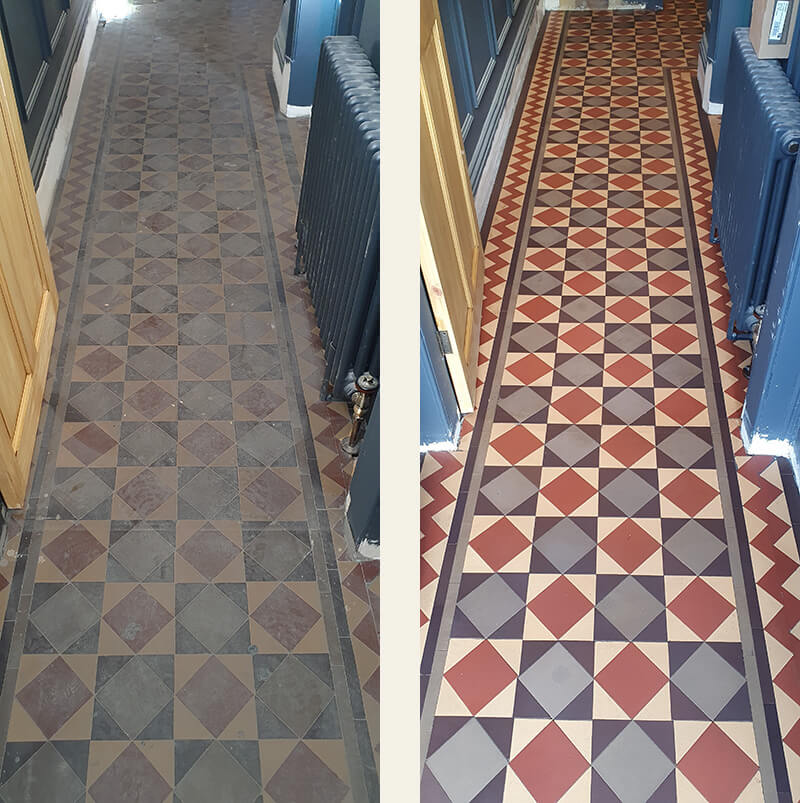
Strategies for Effective and Safe Cleaning
Cleaning historic tiles requires careful material and technique choices. Use gentle, non-abrasive cleaning solutions and soft-bristled brushes to preserve the tiles. Before cleaning a large area, conduct a patch test on a less visible tile section to ensure compatibility and prevent damage.
It's a balancing act between thorough cleaning and maintaining the integrity of the tiles. Before applying any cleaner over a larger area, it’s wise to conduct a patch test on a small, less visible section of the tile. This precautionary step ensures that the cleaning agent is compatible with the tile material, safeguarding against any unforeseen reactions or damage.
Removing Old Sealant: A Tricky Task
Removing old sealant from Victorian tiles can be challenging. Choose a suitable chemical remover and employ a gentle scraping tool for this delicate task.
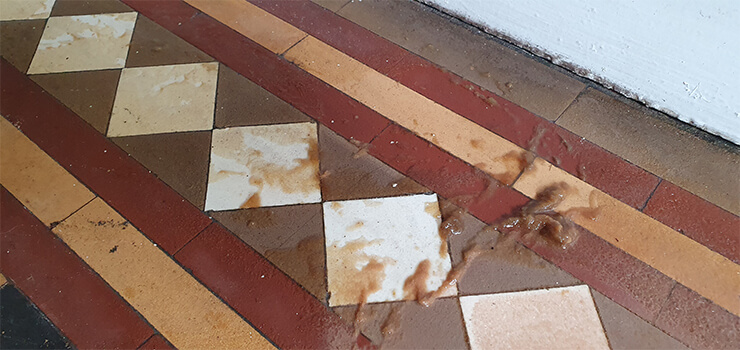
The key here is to apply just enough force to remove the sealant without harming the tile's surface. This step requires a steady hand and a great deal of patience. Rushing through this process can risk damaging the tiles, so take your time and proceed with care. The goal is to strip away the old layers, revealing the tile in its original form, ready for the next phase of restoration.
Mastering Tile Repair: Reviving Damaged Victorian Tiles
Repairing damaged Victorian tiles is an essential step in restoration, demanding precision and an understanding of the tile's history and makeup. The key to successful repair lies in correctly identifying the nature and extent of the damage.
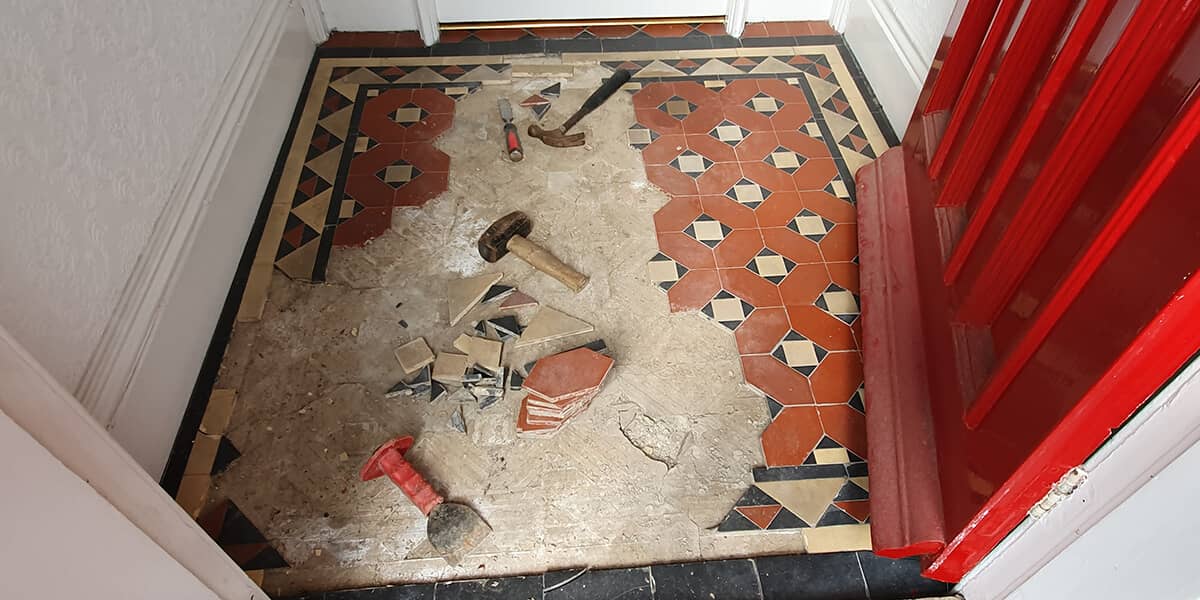
Detecting and Diagnosing Tile Damage
Commence your repair work by conducting a thorough inspection of the tiles. Look for visible signs of wear such as cracks, chips, or missing pieces. This careful scrutiny is not merely about spotting flaws; it’s about understanding the story behind each imperfection. This information is crucial as it dictates the most appropriate repair methods, ensuring that the tiles are restored while retaining their original character.
The Finishing Touch: Re-grouting Victorian Tiles
Re-grouting is a critical step in the restoration of Victorian tiles, playing a significant role in both the appearance and longevity of the tiles. The process involves not just the application of grout but also the selection of the right type to complement the historical tiles.

Selecting and Applying Grout for Victorian Tiles
Choosing the right grout is vital in the restoration process. Opt for a grout colour in this instance (dark grey) that compliments the tile's colour and period style. For Victorian tiles with intricate patterns and rich colours, darker grout is often recommended to accentuate the designs and maintain historical accuracy. Ensure the grout matches in colour, texture, and composition to be compatible with the tile material.
Precision in Grout Application
Applying grout requires a careful approach. Distribute it evenly across tile spaces, filling each joint thoroughly. Wipe away excess grout promptly to prevent staining, ensuring a clean finish that secures the tiles and enhances their historical beauty. Attention to detail in this stage enhances the overall appearance of restored Victorian tiles.
If you find Victorian Tile Restoration too challenging, consider reaching out to professionals. We're just a click away – see how we can assist you.
Ensuring Longevity: Sealing and Protecting Victorian Tiles
The final, crucial step in the restoration of Victorian tiles is sealing and protecting them. This process not only preserves the beauty of the tiles but also guards them against future wear and damage. The choice of sealant and its application are both pivotal to achieving a lasting and effective result.
Choosing the Appropriate Sealant
The selection of the right sealant is dependent on both the type of tile and its location. The needs of tiles situated indoors differ significantly from those used in outdoor settings. For instance, outdoor tiles are exposed to varying weather conditions and thus require a more robust sealant that can withstand these elements.
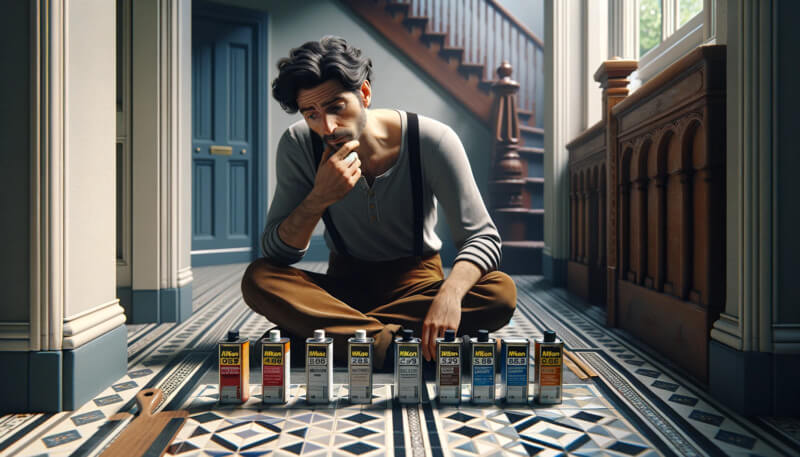
In contrast, indoor tiles might need a sealant that offers protection against spills and foot traffic, while also being compatible with the tile's material and finish. It's not just about applying a protective layer; it’s about tailoring this protection to the tile's environment, ensuring that it remains effective over time.
The Application Process
Applying the sealant is a task that demands precision. The sealant should be spread evenly across the tile surface, ensuring complete coverage without leaving any areas exposed. It's important to avoid over-application, as this can lead to a build-up that might affect the tile's appearance and texture. Once applied, the sealant needs sufficient time to dry and cure completely. This waiting period is critical for the sealant to set properly and provide optimal protection. During this time, the tiles should be protected from any contact or disturbance.
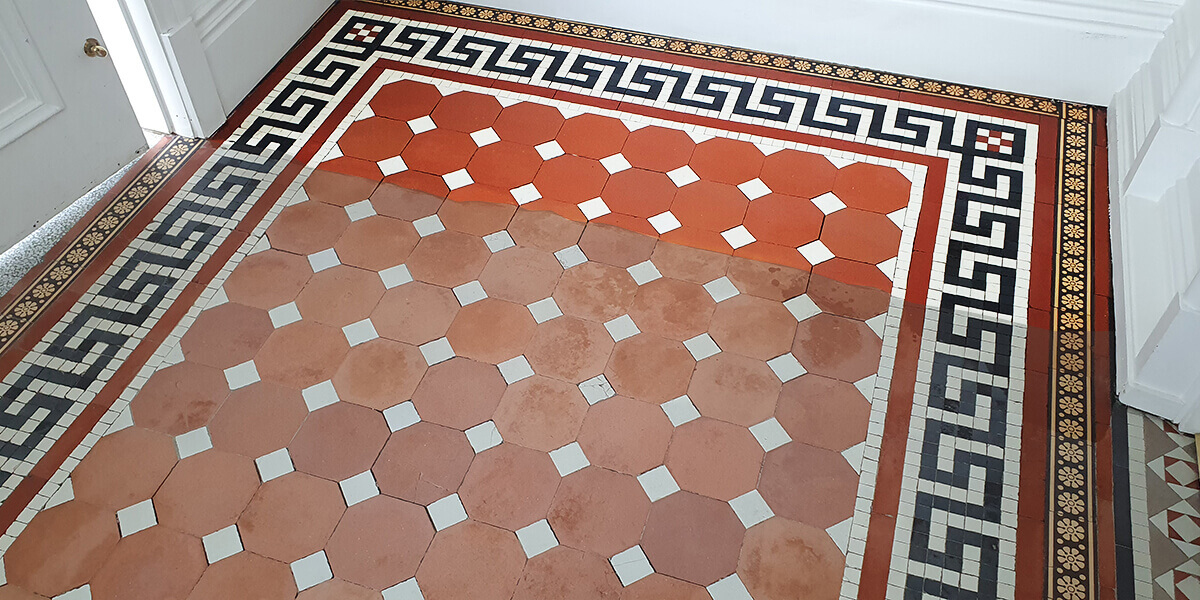
This sealing process plays a dual role – it locks in the beauty of the tiles, bringing out their colours and patterns, and creates a barrier against future damage, ensuring that the tiles remain a testament to their era for years to come. The result is a beautifully restored Victorian tile surface that is not only visually stunning but also resilient and well-protected.
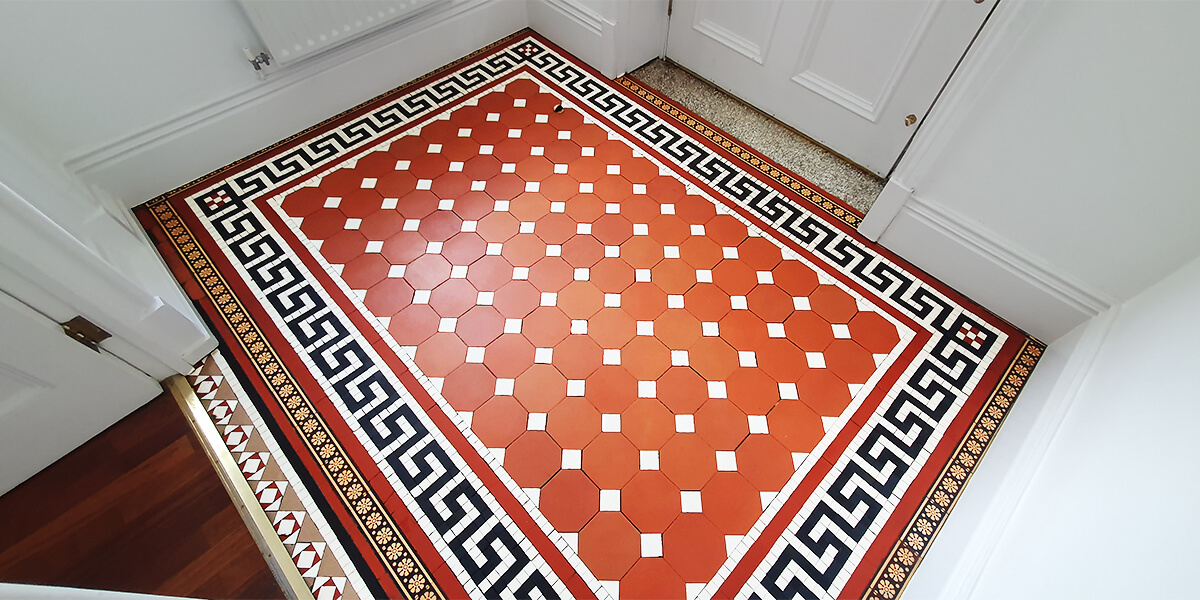
Preserving the Charm: Caring for Restored Victorian Tiles
After successfully restoring your Victorian tiles, the journey to maintain their beauty and integrity begins. Regular care is essential to keep these historical treasures in pristine condition.
Tips for Regular Maintenance
- Use gentle, pH-neutral cleaning products designed for tiles to avoid harsh reactions.
- Avoid abrasive tools and harsh chemicals to prevent scratches or erosion.
- Establish a regular cleaning routine to prevent dirt and grime buildup.
Long-Term Care
- Periodically inspect grout and sealant for wear and tear.
- Address minor damages promptly to prevent them from becoming major issues.
- Consider professional assessment for expert advice and hidden issues.
Combining regular cleaning with vigilant long-term care ensures the preservation of your restored Victorian tiles' elegance and historical value.
Navigating Restoration Hurdles: Tackling Common Challenges in Victorian Tile Restoration
Restoring Victorian tiles can be a rewarding endeavour, but it's not without its challenges. Understanding how to overcome common obstacles is key to ensuring a successful and lasting restoration.

Dealing with Tough Stains and Structural Challenges
Restoring Victorian tiles can involve stubborn stains and structural issues. To address stains effectively, identify their nature, research stain-specific removal techniques, and use gentle, specialised cleaning products. Always conduct a patch test first.
For structural challenges:
- Inspect the area for subsiding floors or water damage before restoration.
- Address structural issues first, consulting experts if needed.
- Begin tile restoration only when structural integrity is ensured.
Tackling these challenges with knowledge and planning ensures beautiful tiles on a solid foundation.
Accentuating the Splendour: Showcasing Your Restored Victorian Tiles
Once the meticulous process of restoring your Victorian tiles is complete, the next exciting phase is showcasing them. These restored tiles can become a stunning highlight in your home, reflecting both your personal style and the rich history they embody.
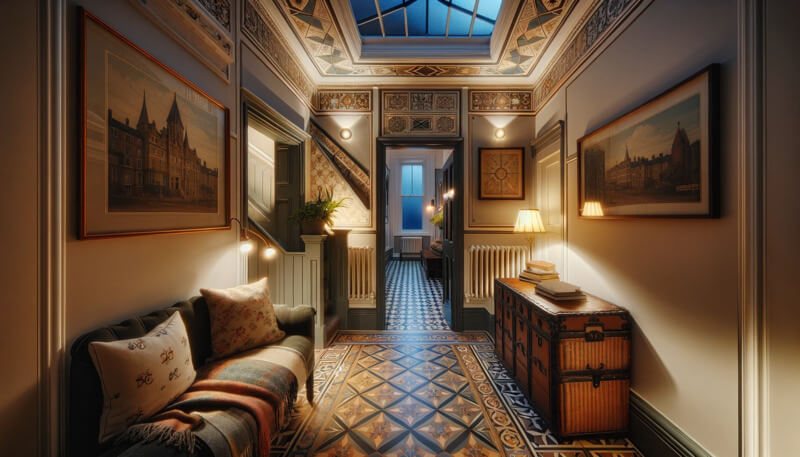
Showcasing Your Restored Victorian Tiles
To highlight your beautifully restored Victorian tiles:
- Harmonise with the era by choosing period-appropriate decor.
- Make the tiles the focal point with subdued surroundings.
- Blend modern touches for a timeless yet contemporary look.
- Use proper lighting to accentuate colours and patterns.
- Celebrate your project with a small unveiling event, sharing the joy and history with loved ones.
Styling and sharing your restored tiles honours craftsmanship and history while enhancing your living space.
Conclusion
Restoring Victorian tiles is a rewarding project that preserves a piece of history. By following these steps and tips, you can breathe new life into these beautiful tiles, ensuring they continue to be a cherished part of your home for years to come.
FAQs
-
What are the most common challenges in DIY Victorian tile restoration?
- The most common challenges include removing stubborn stains, dealing with structural issues, and matching the original colours and patterns of the tiles.
-
How can I ensure I'm using the right materials for restoration?
- Research and consult resources on Victorian tile restoration. Pay special attention to recommendations on essential DIY materials for authenticity and durability.
-
Can I replace damaged Victorian tiles with modern equivalents?
- While modern equivalents can be used, try to find vintage or custom-made tiles that match the original design and colour for a more authentic restoration.
-
How often should I reseal Victorian tiles after restoration?
- It's recommended to reseal Victorian tiles every 3-5 years, depending on the wear and location of the tiles.
-
Is it possible to restore Victorian tiles on a budget?
- Yes, with careful planning and sourcing of affordable materials, Victorian tile restoration can be done on a budget.
Valuation Estimator
Discover the Untapped Wealth Beneath Your Feet!
Have you ever pondered the concealed fortune nestled within your period floor? Join us on a voyage of revelation as we unearth the concealed worth beneath your very feet.
Presented below is a striking case study of a meticulously restored floor, showcasing its valuation both before and after restoration.
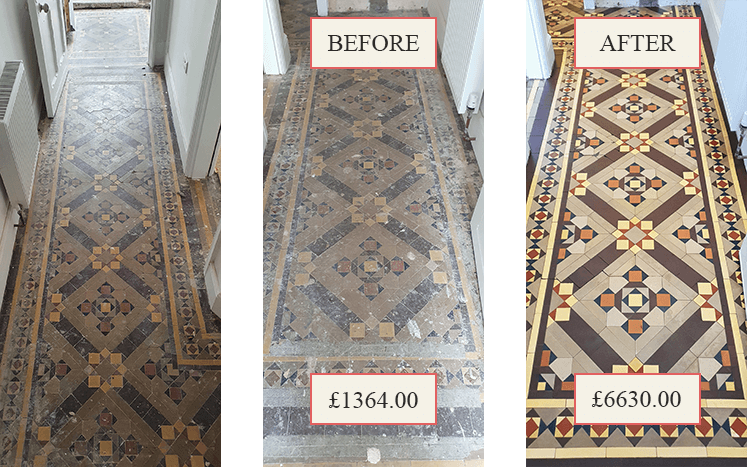
Floor Valuation Estimator
Please ensure precise measurement of the entire floor rather than a specific section, as this can significantly impact the estimate, ranging from £100 to £1000's.
Please be aware that this tool is a floor valuation estimator, and does not provide a price for professional Victorian tiled floor restoration. The calculation utilised by this valuation estimator uses the following formula: Value = (Colour Factor + Design Factor + Condition Factor + Historical Data & Market Trends Factor) × Base Value.
Having unveiled the intrinsic value of your flooring
it's time to take the next step and explore the costs associated with floor restoration. Obtain your complimentary survey and estimate today!Reach Out …
Gallery - Our Work
A Small Selection of Our Work
